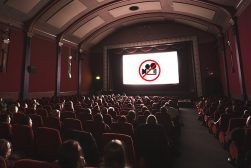
Stage and Theatre Photography Tips, Ideas & Examples
Dive into the world of stage and theatre photography with expert tips, inspiring ideas, and captivating examples to enhance your shots.
Learn | By Ana Mireles
Would you like to break into theatre photography?
Concerts, dance recitals, musicals, drama, all of these are subjects of the amazing world of stage photography.
In this article, I’ll focus on theater – although most of it can be applied to photographing other live performances.
I’ll talk about the required gear and how to get started in this field.
I’ll also give you some theater photo tips – because performances may be a tricky subject.
I’ll also give you some etiquette rules and answer some frequently asked questions.
Table of Contents
What Is Theater Photography?

Credit: Anderson Portella
Theater or stage photography is a photographic genre that captures images of the performance as it happens.
Sometimes, the production may organize a photoshoot where the actors pose in their stage wear. However, most of the time, you’re photographing them while they’re acting.
In this sense, stage photography resembles photojournalism or documentary photography. Although, it gives more space to your personal vision.
The difficult thing about theatre photography is that you need to find the right balance between your artistic decisions and the objectivity required from your role.
You can’t get too creative, though. It’s important to remember that your role is to document the performance in the way that it’s intended by the director and the other creators involved. You need to be respectful of their creative view.
Also, theatre photos are mainly used for advertising and press releases. So, they need to communicate truthfully to the public what they can expect from the show.
- Related: Do movie theatres have cameras?
How to Get Started in Theater Photography

Credit: Valeria Costa
One way to start in stage photography is to take a training course.
This allows you to get the specific skills required for the role.
You’ll also start building a network in this field – which will be essential in your career.
Lastly, many academies offer an apprenticeship or can help you to get real-life experiences if they have collaborations with theater companies.
Another possibility is to work as an assistant to a professional photographer.
This may not be so easy, as not all stage photographers work with assistants.
However, you can offer to be a second camera during a live performance or help out at the studio post-processing and archiving images.
A very proactive way to get started is to approach theater schools or a local community theater.
How Much Do You REALLY Know About Photography?! 🤔
Test your photography knowledge with this quick quiz!
See how much you really know about photography...

They usually don’t have a budget to hire an official photographer.
So, they’re usually happy to let you into the rehearsals for you to practice in exchange for some photos.
Once you start building a portfolio and widening your network, it will be easier to get more jobs.
What Is the Best Camera Gear for Theater Photography?

Camera Gear of event photographer Til Jentzsch on Shotkit
You don’t need a lot of expensive equipment to do stage photography.
You only need a good camera and a couple of fast lenses.
There’s no need for tripods, lights, and other gear that may be necessary in other photographic genres.
Cameras for Theatre Photography
A full-frame camera is certainly useful when you’re doing stage photography.
This is because you’re usually working in low-light situations.
Using a full-frame camera allows you to work with higher ISO values and keep the highest image quality.
However, it’s still perfectly possible to use a crop sensor camera. Simply choose one that has a good dynamic range and performs well in low light.
A good autofocus system is also important in stage photography.
Some photographers also like to have high fps, but this isn’t a must. Many professionals prefer not to use burst mode often if they had the chance to learn about the play beforehand.
Having said this, here are some choices that fit different budgets.
- Canon R6 Mark II
- Sony A73
- Nikon Z7II
- Fujifilm XT5
- Nikon D500
- Canon 90D
Lenses for Theatre Photography
Fast lenses are certainly a must due to the lighting conditions. In this sense, prime lenses take the lead as they have a wider aperture than zoom lenses.
However, having only a single focal length can be quite limiting. So, you can use zoom lenses or bring two cameras to have at least one telephoto and one wide-angle or normal lens.
It’s also useful to choose an image-stabilized lens. This is because usually you won’t be using a tripod, so there’s a risk of introducing camera shake if you’re not using lens stabilization.
Here are a few popular lenses for the cameras recommended above. You can find similar focal lengths for your camera model and brand.
- Canon RF 24-70 f/2.8L
- Canon RF 70-200 f/2.8L
- Tamron 28-75 f/2.8
- Nikon 16-80 f/2.8-4
- Fujifilm XF 18-55 f/2.8
Best Camera Settings for Theater Photography
In theatre photography, you can’t use flash or add any lighting to your photographs.
You need to work with the stage lighting. This is why it’s difficult to know which camera settings you’re going to need.
The stage lighting is designed by the lighting director, who interprets the director’s creative view. So, you can’t alter that to take photographs.
File format
During stage performances, there’s a lot of contrast.
Maybe there’s a very bright spotlight on the main character, dimmer lights covering the other performers, and other parts of the stage may be fading into black.
To get details both in highlights and shadows, it’s best to shoot in raw. This is also useful for the white balance.
Exposure mode
Some photographers prefer to use manual because it gives them full control.
However, the lights are constantly changing – so it may be difficult to keep up and don’t lose key moments.
This is why many photographers choose to work with semi-automatic mode.
The majority of them choose shutter priority mode so they can be sure their subjects are sharp or that they introduce just the right amount of motion blur when they wish to do so.
Others use aperture-priority mode when the depth of field is an issue.
Metering mode
Using spot metering mode ensures you’ll always get a perfectly exposed subject.
However, many cameras have a spot in the middle and won’t allow you to change it.
This is very limiting for your composition. If this is the case, then set your camera to center-weighted metering mode.
This will cover a bigger area to determine the right exposure.
AI-Servo/Continuous Focus
Since the actors are constantly moving throughout the stage, it’s better to use autofocus mode and set it to continuous focus mode.
Exposure settings
As I was saying, the exposure settings are difficult to predict because you depend on the house lighting.
However, professional theater photographers recommend using an ISO of 1600-3200, an aperture as wide as you can, and shutter speeds above 1/250.
10 Theatre Photography Techniques & Stage Photography Tips
Here are some stage photography tips to help you improve as a stage photographer.
Tip 1 – Attend rehersals
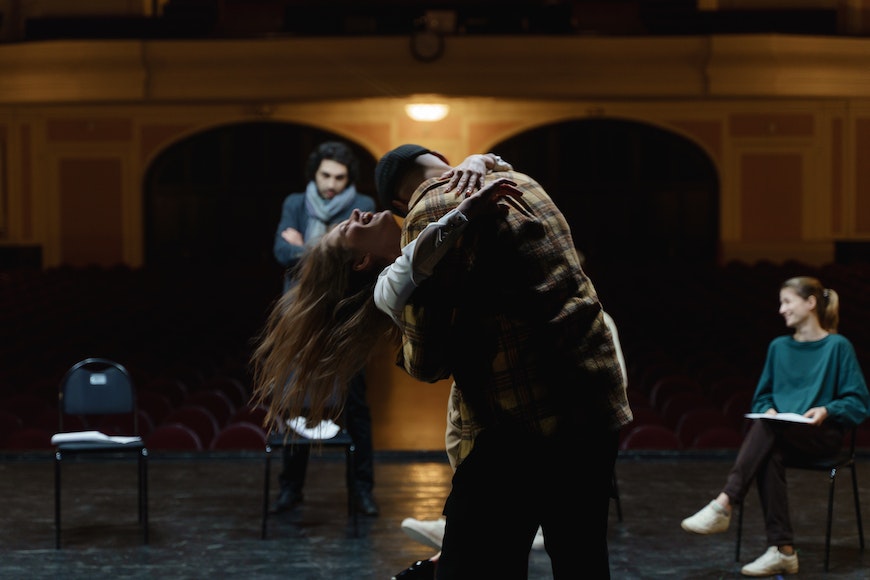
Credit: Cottonbro Studio
Taking photos during a dress rehearsal is a must. This is because the production needs the promotion photographs before the opening night.
However, attending other rehearsals allows you to get to know the show. This way, you can prepare better and make a great shot every time.
You’ll know where the performers are going to be, how’s are the house lights, and when a decisive moment is coming.
Tip 2 – Body language is important

Credit: Cottonbro Studio
Shooting tighter shots is important to capture the performer’s facial expressions.
To do this, you’ll need to use a long lens. Keep in mind that this will require a faster shutter speed to prevent camera shake.
Wider shots let you capture the entire body, which is also key to communicating the mood of the scene.
Remember that anyone seeing your photograph won’t know what was happening before and won’t hear what they’re saying – body language is all they have.
Tip 3 – Change perspective
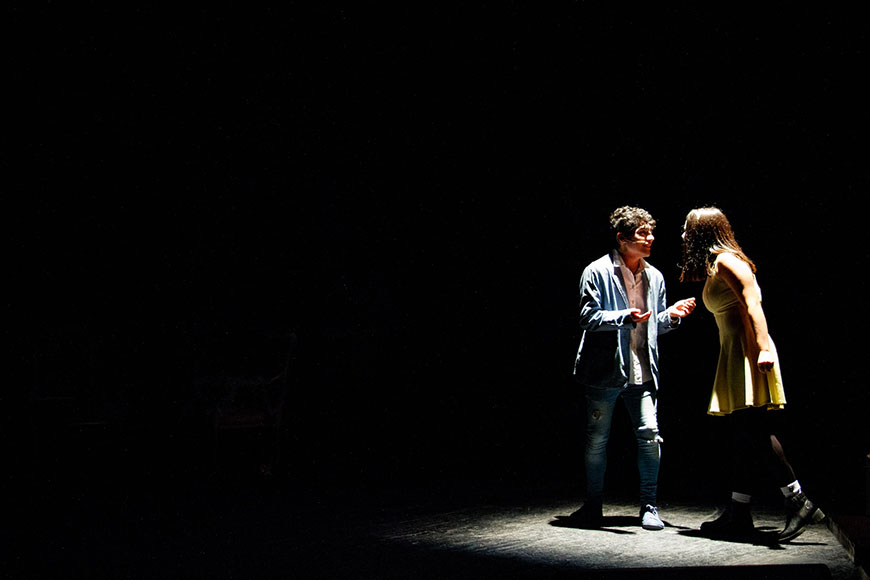
Credit: Eduardo Pastor
If you’re photographing a live performance with a paying audience, you’ll probably have a fixed sit in the back. There’s not much you can do about that.
However, most stage photography is done during the rehearsals. Usually, you’re allowed to move around. Use this opportunity to showcase different points of view.
Tip 4 – Don’t forget the wide shots

Credit: Pixabay
Shooting a few wide shots where you capture the entire stage is important.
You can’t get very creative with this, so just a few photos will be enough – but don’t forget to do them.
Tip 5 – Quality over quantity

Credit: Hulki Okan Tabak
Some people think that shooting in burst mode is the only way to capture theatre photos – this isn’t the case.
If you did your research and attended rehearsals, you’ll know what the actors are going to be doing and when there’s an important action or reaction.
This way, you’ll capture the perfect shot without having to spray and pray.
Shooting in continuous mode can help sometimes, but overusing it is counter-producing.
You’ll end up with tons of photos to cull, and theatre photography has short turnaround times.
Tip 6 – Talk to the producer and marketer
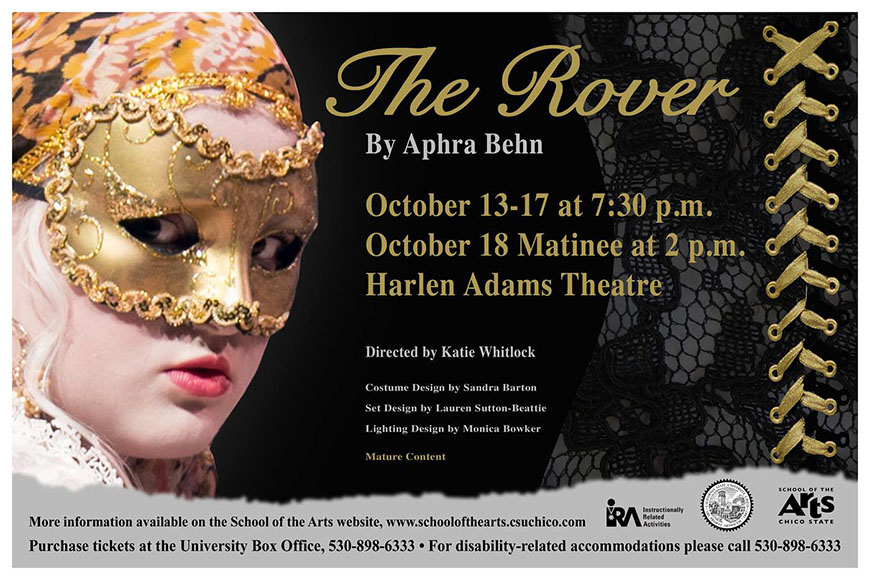
Credit: Chico State School of the Arts, CC BY 2.0 DEED, via Flickr
It’s easy to get excited during a live performance. However, remember that you’re not there just for your own creative view.
It’s important that you talk to the producer and marketer to make a shot list and make sure you get those must-have photos.
Tip 7 – Work with the lighting director

Credit: Stefano Stacchini
Whenever possible, talk to the lighting director and understand how the lights are going to be and why.
Sometimes they want to build a scene, and the lights are quite neutral – others, they ‘paint’ the scenario to create a mood or make an effect.
Tip 8 – Wear dark clothes

Credit: Ahmad Odeh
You shouldn’t be a distracting element during the rehearsals and much less during a performance.
So, amongst the other etiquette rules, it’s useful if you wear dark clothes.
This way, you can blend into the shadows and move without catching anyone’s attention.
Tip 9 – Beware of the white balance
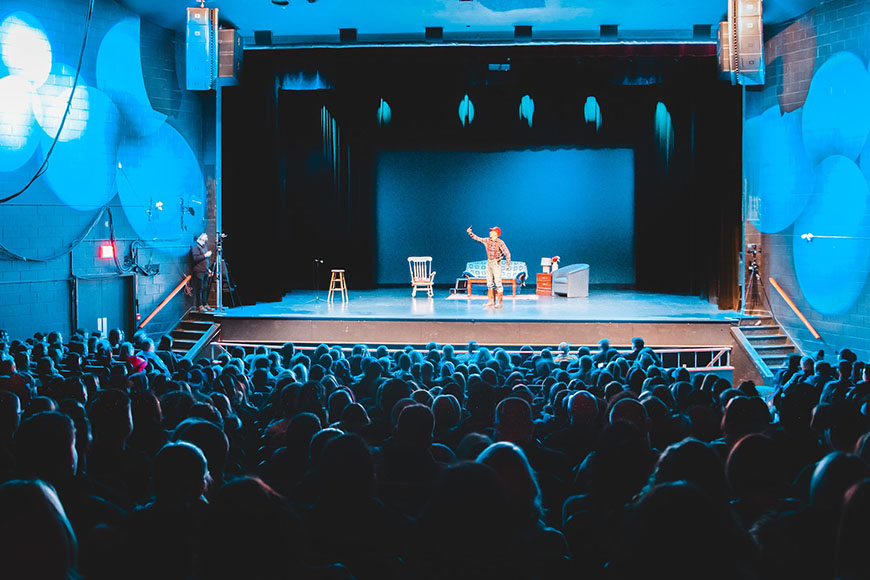
Credit: Erik Mclean
The lighting on stage is not only changing in intensity and direction – it often changes in color too.
This can be tricky when you’re post-processing your images.
It’s OK to work on the white balance, but you shouldn’t change the atmosphere created by the light director.
Tip 10 – Develop an efficient workflow
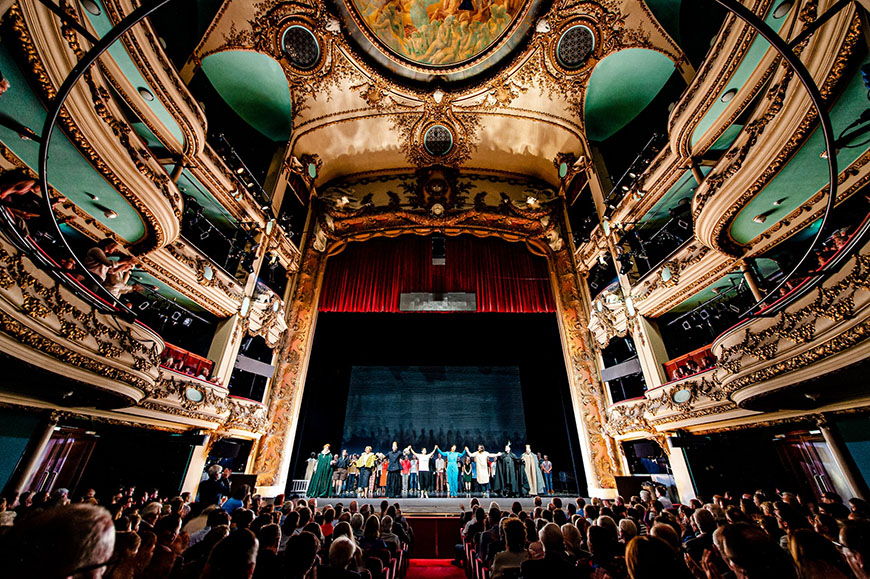
Credit: Kenny Filiaert
Take the HARD Photography Quiz! 🤯
Now it's time to really test your photography knowledge!
(99% of people can't get all the questions right...)

Stage photography needs super-fast turnarounds.
The dress rehearsal usually happens during the last week before the opening, and the marketer needs to send out the pictures to the press.
So, you need a good system to streamline your workflow. Avoid shooting too much in continuous-shooting mode so you don’t have too many photos to cull.
You can also try working with presets – either developed by you or bought from another professional photographer.
Theater Photography Etiquette

Credit: Michael Afonso
Part of the stage photography tips is to know how to behave. Here are some basic etiquette rules.
Ask for permission
Don’t try to sneak in a camera and capture photos without permission. This won’t help you develop your skills, and you won’t be able to use them in your portfolio anyway.
Be respectful towards the work of others and ask permission to capture and publish your images.
Don’t be a distraction
You don’t want to distract the actors or be a nuisance to the audience. So, whether you’re on a rehearsal or a live show, be discrete and follow the instructions provided by the venue and the productions.
Never use a flash
Part of being invisible is not using a flash – this is never allowed. So, you’ll need to get the right equipment and develop your photography skills to work with the stage lighting.
FAQs About Stage and Performance Photography
Is it better to shoot in manual or aperture-priority mode when shooting theater?
Manual always gives you more control, so many photographers prefer it. However, if you need to change your settings constantly, semiautomatic modes are a good option. Many opt for shutter priority for theater photos. However, if you wish to use aperture priority, just make sure you set a minimum shutter speed of at least 1/200.
Should I leave my ISO on Auto for theater photography?
You can use Auto ISO if you want, but it’s important that you set a maximum limit. There isn’t a magic number here; it depends on your camera and how much noise you consider acceptable. Other photographers prefer to work on manual to keep full control.
What is the best shutter speed for theater photography?
The best shutter speed depends on the action happening on stage. It’s not the same to photograph a musical as it is to shoot a high-paced choreography of a musical. Just to have a starting point, a shutter speed of 1/200 or faster is good if you want to freeze your subjects.
What lens is best for theater photography?
If you have a fixed position in the back, you can use a 100-400mm lens. If you can move freely, a 70-200 may be a good choice. It all depends on the size of the theater; you may need a shorter focal length for small spaces such as 18-70mm.
Who do I ask if I want to photograph a dress rehearsal?
Not all theater companies are built the same – often due to their size and budget. In a big company, you can contact the marketer because they are in charge of planning and managing the promotional materials. A small fringe company might not have someone specifically for this role. You may contact them directly on their website or social media accounts.

Check out these 8 essential tools to help you succeed as a professional photographer.
Includes limited-time discounts.








